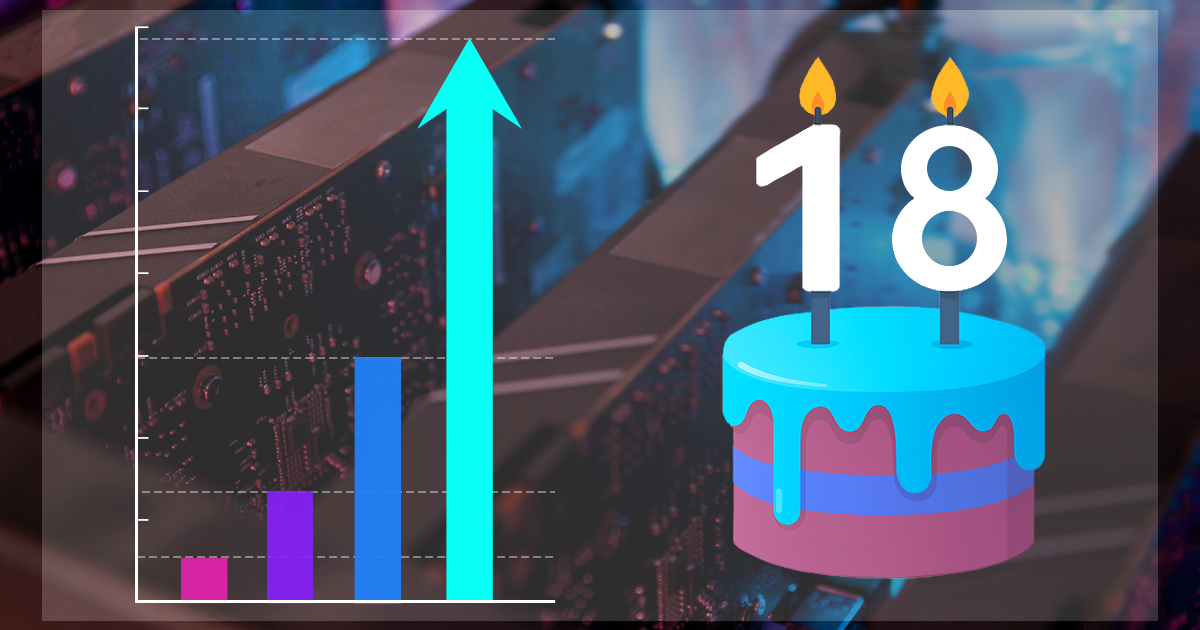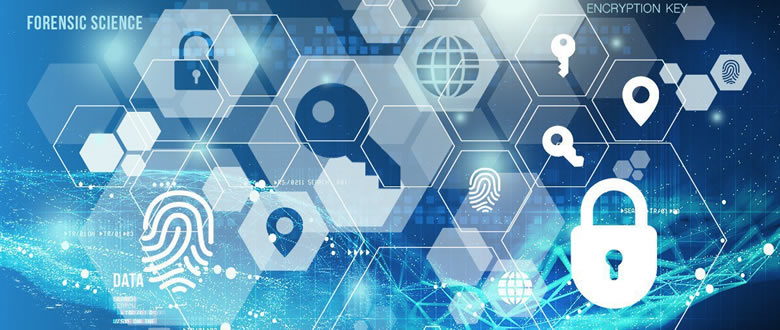July 15th, 2010 by Alexandra Tsybulskaya
According to the preliminary results of our latest questionnaire (ElcomSoft Customer Reference program Questionnaire) the majority of people forget their passwords when returned from holidays, thus being blocked out from the precious information they have on the PC.
I bet that lots of people found themselves or those around in a similar situation at least once. Let me share my personal experience with you. One of my friends, having returned from the vacation in a tropical paradise, was pleased to see a new computer at her desk (while she was away the company renewed some of the machines) and at the same time very much discouraged and upset to find out that many of her passwords remained in her old pc and she didn't bother herself to save them anywhere else. So the access to the mail account from her new modern PC was forbidden, as well as access to several password-protected websites (from social networks to online banking). Nothing to be happy with, isn’t it?!! But such a story no longer has a sad ending due to the release of Elcom’s new recovery tool, namely ElcomSoft Internet Password Breaker. In the above described situation EINPB revealed necessary passwords stored in the old computer, thus letting a person replace the password-protected data from one machine to another. One more important remark in this respect is that my friend didn’t have to seek help of the “user-unfriendly sysadmin” 🙂
Read the rest of this entry »

